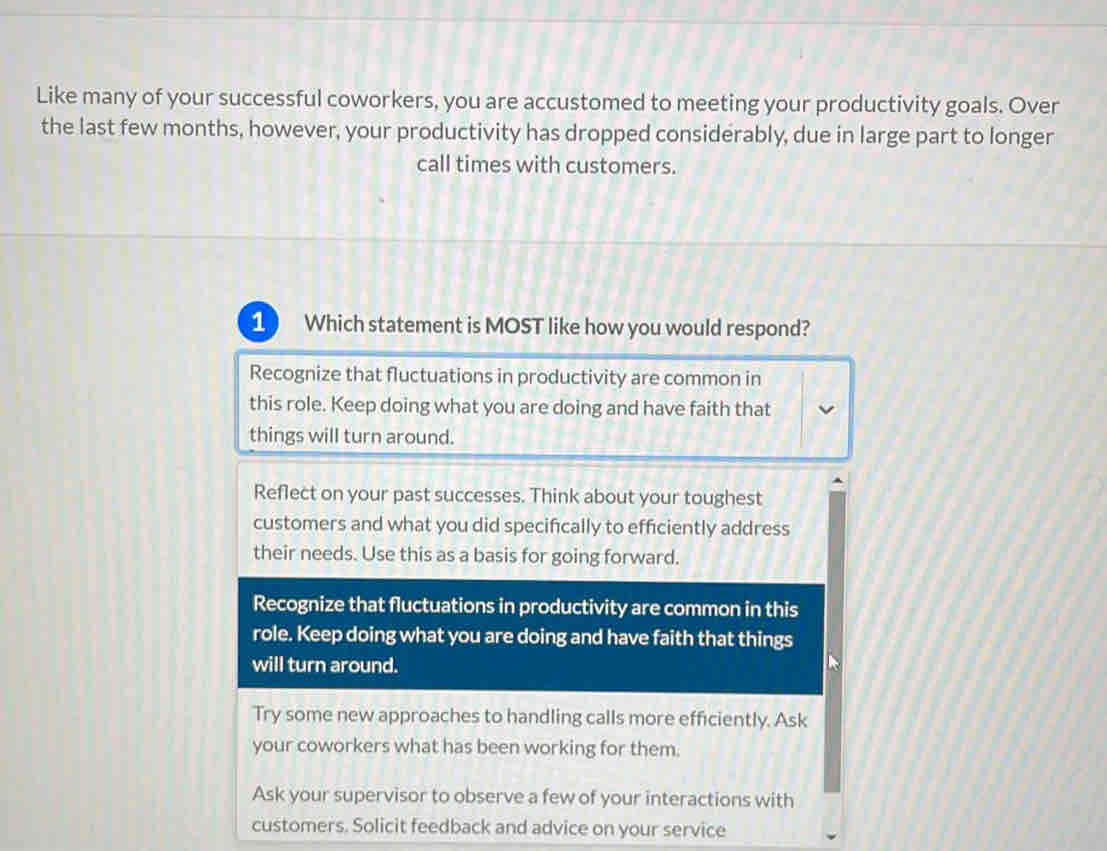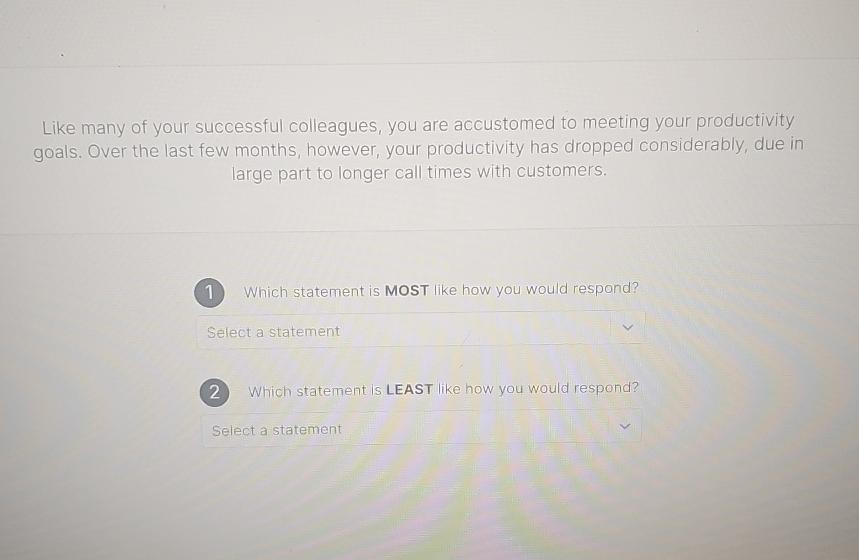Like Many of Your Successful Coworkers: Secrets to Success
Have you ever glanced across the office and wondered how certain coworkers seem to glide from one achievement to the next, while others—perhaps even yourself—feel like they’re constantly treading water? You’re not alone. The difference isn’t luck. It’s a series of habits, mindsets, and strategies that, once understood, can be learned and applied by anyone. Today, let’s pull back the curtain on those “secrets to success” that so many of your successful coworkers quietly practice.
What Do Successful Coworkers Really Do Differently?
Let’s get real. Success isn’t just about working harder; it’s about working smarter, building relationships, and knowing how to navigate the unwritten rules of the workplace. Here’s what sets high-achievers apart:
- Relentless Curiosity: They ask questions, seek feedback, and are always learning.
- Strategic Networking: They build genuine connections across departments, not just within their team.
- Proactive Problem-Solving: Instead of waiting for instructions, they anticipate challenges and propose solutions.
- Visible Value: They make sure their contributions are noticed—without bragging.
- Resilience: They bounce back from setbacks and use criticism as fuel for growth.
Case Study: The Rise of “Invisible” Ivy
Take Ivy, for example—a mid-level analyst who seemed to appear out of nowhere at the company’s annual awards. Her secret? She volunteered for cross-functional projects, asked senior leaders for advice, and shared credit with her team. Within two years, she moved from a cubicle to a corner office. Ivy’s story isn’t unique—but her approach is worth dissecting.

The Five Pillars of Workplace Success
| Pillar | Description | Real-World Example |
|---|---|---|
| Continuous Learning | Investing in new skills and knowledge, both inside and outside your field. | Enrolling in online courses, attending workshops, reading industry news. |
| Relationship Building | Forming authentic connections with colleagues, mentors, and even competitors. | Regular coffee chats, offering help on projects, joining company events. |
| Visibility | Ensuring your work and impact are recognized by key stakeholders. | Presenting updates in meetings, sharing wins on internal platforms. |
| Adaptability | Embracing change and remaining flexible in uncertain situations. | Volunteering for new initiatives, quickly learning new tools. |
| Personal Branding | Crafting a reputation for reliability, expertise, and positivity. | Consistent follow-through, being known as the “go-to” for certain tasks. |
Information Increment: Level Up Your Success Game
Let’s break down how you can gradually build these pillars into your daily routine—no overnight transformation required.
Step 1: Micro-Learning Moments
- Dedicate minutes daily to read an article or watch a tutorial related to your field.
- Ask one new question in every team meeting.
Step 2: Expand Your Circle
- Once a week, reach out to someone outside your department for a quick chat.
- Offer help on a project that’s slightly outside your comfort zone.
Step 3: Make Your Work Visible
- Send a monthly update to your manager summarizing your contributions.
- Share lessons learned from a recent success or failure in a team newsletter.
Step 4: Embrace Change
- Volunteer for at least one new initiative per quarter.
- Be the first to try out new tools or processes in your team.
Step 5: Shape Your Brand
- Ask colleagues for feedback on your strengths and areas for growth.
- Choose one trait (e.g., reliability, creativity) to consistently demonstrate.
Real Cases: Lessons from the Field
Case 1: The Power of Asking
When Daniel joined a large tech company, he felt lost among hundreds of engineers. Instead of fading into the background, he made it a rule to ask at least one thoughtful question in every meeting. Within six months, senior leaders began to notice him. When a new product team formed, Daniel was invited to join, leapfrogging peers with more experience.
Case 2: Turning Failure into Fuel
Sara, a marketing manager, botched a major campaign. Instead of hiding, she presented a post-mortem to her team, highlighting what went wrong and how to avoid it next time. Her transparency and resilience impressed her boss, who soon promoted her to lead a bigger project.
Case 3: Building Bridges
Liam, an accountant, made it a point to get to know colleagues in HR, IT, and sales. When a cross-departmental task force was formed, he was the obvious choice. His broad network made him indispensable and fast-tracked his promotion.
Frequently Asked Questions (FAQ)
Q1: What if I’m introverted or shy?
You don’t have to be the loudest voice in the room. Focus on building one-on-one relationships and letting your work speak for itself. Written communication—like thoughtful emails or reports—can be just as powerful as speaking up in meetings.
Q2: How do I avoid coming across as a show-off?
Share your achievements in the context of team success. Use “we” instead of “I” and highlight how your contributions helped the group. Offer to help others shine, too.
Q3: What if my boss doesn’t notice my work?
Schedule regular check-ins and provide concise updates. Ask for feedback and express your interest in taking on more responsibility. If recognition is still lacking, consider seeking mentorship or exploring opportunities elsewhere.
Q4: How do I recover from a big mistake?
Own up to it quickly, analyze what went wrong, and propose solutions. Most leaders respect transparency and a willingness to learn more than perfection.
Q5: Can these strategies work in any industry?
Absolutely. While the specifics may vary, the core principles of learning, networking, visibility, adaptability, and personal branding are universal.
Quick Reference Table: Habits of Highly Successful Coworkers
| Habit | Action | Frequency |
|---|---|---|
| Learning | Read articles, attend webinars | Daily/Weekly |
| Networking | Connect with new colleagues | Weekly |
| Visibility | Share updates, present in meetings | Monthly |
| Adaptability | Embrace new tools/processes | Quarterly |
| Branding | Gather feedback, refine strengths | Ongoing |
Final Thoughts: Your Path to Success Starts Now
Success isn’t an exclusive club. Like many of your successful coworkers, you can build your own path by adopting the right habits, nurturing your network, and making your value visible. The journey is incremental—one small step, one new connection, one lesson learned at a time.

Now, Over to You:
What’s one habit you’ve noticed in your most successful coworkers that you’d like to adopt? Share your thoughts or stories in the comments below!



